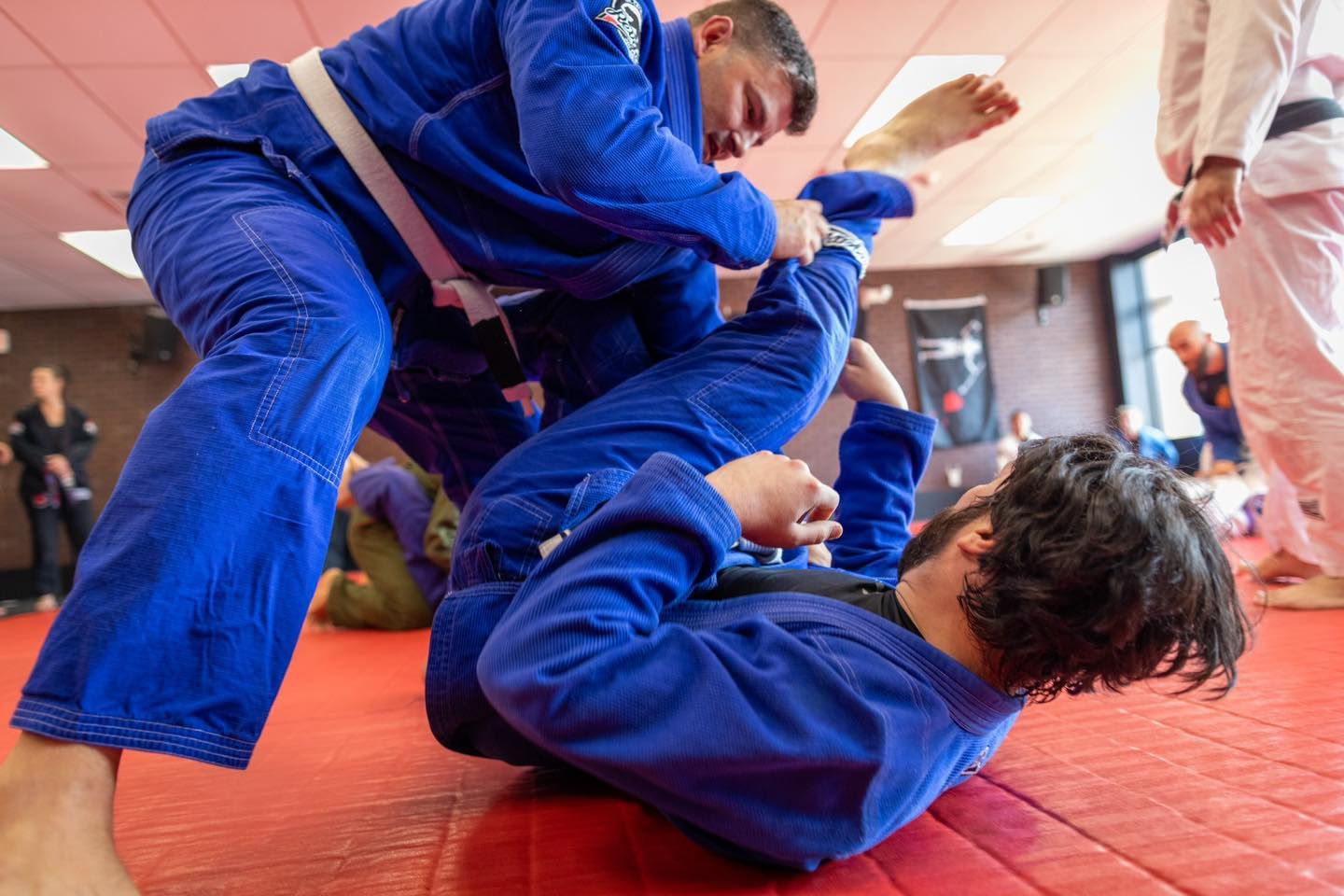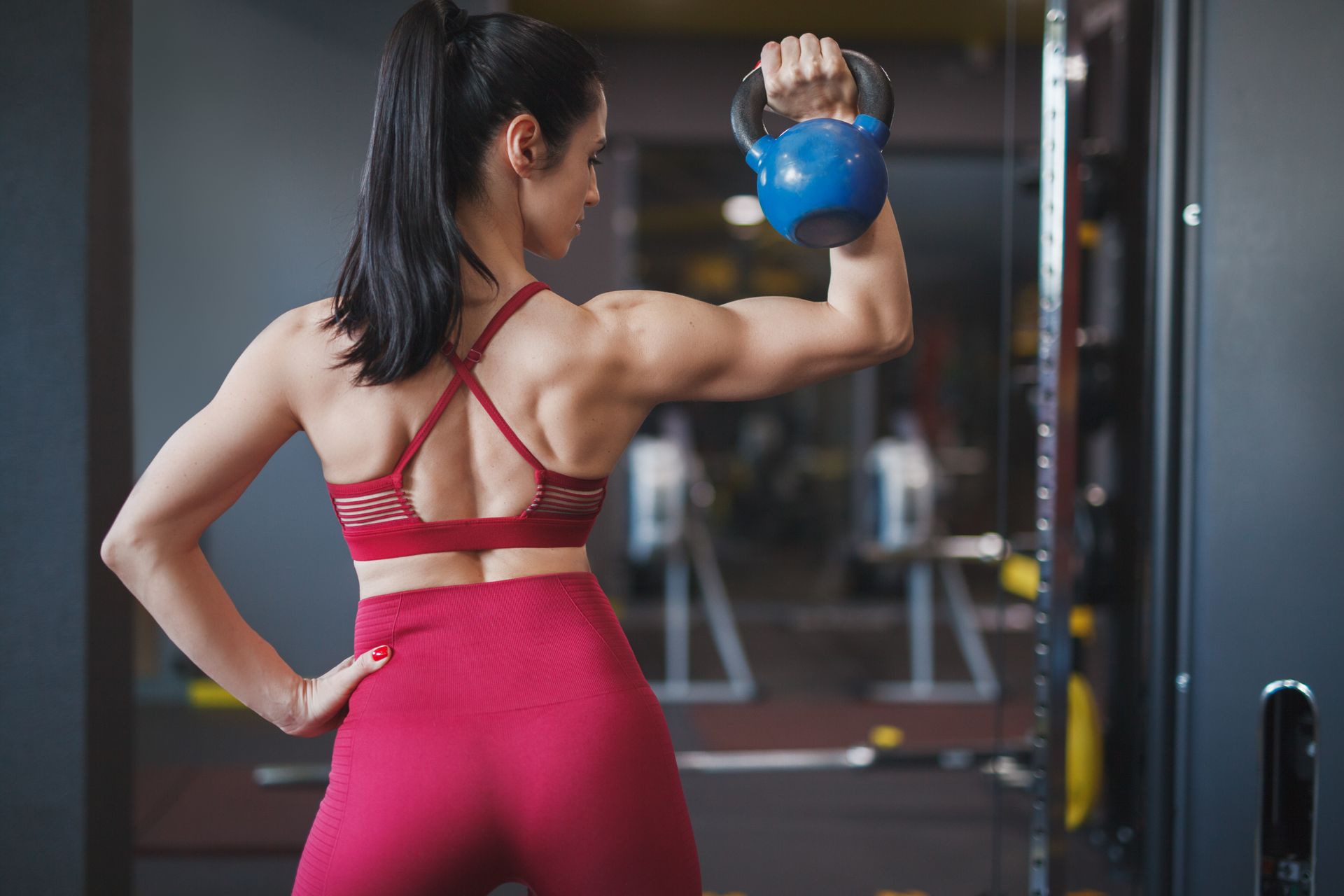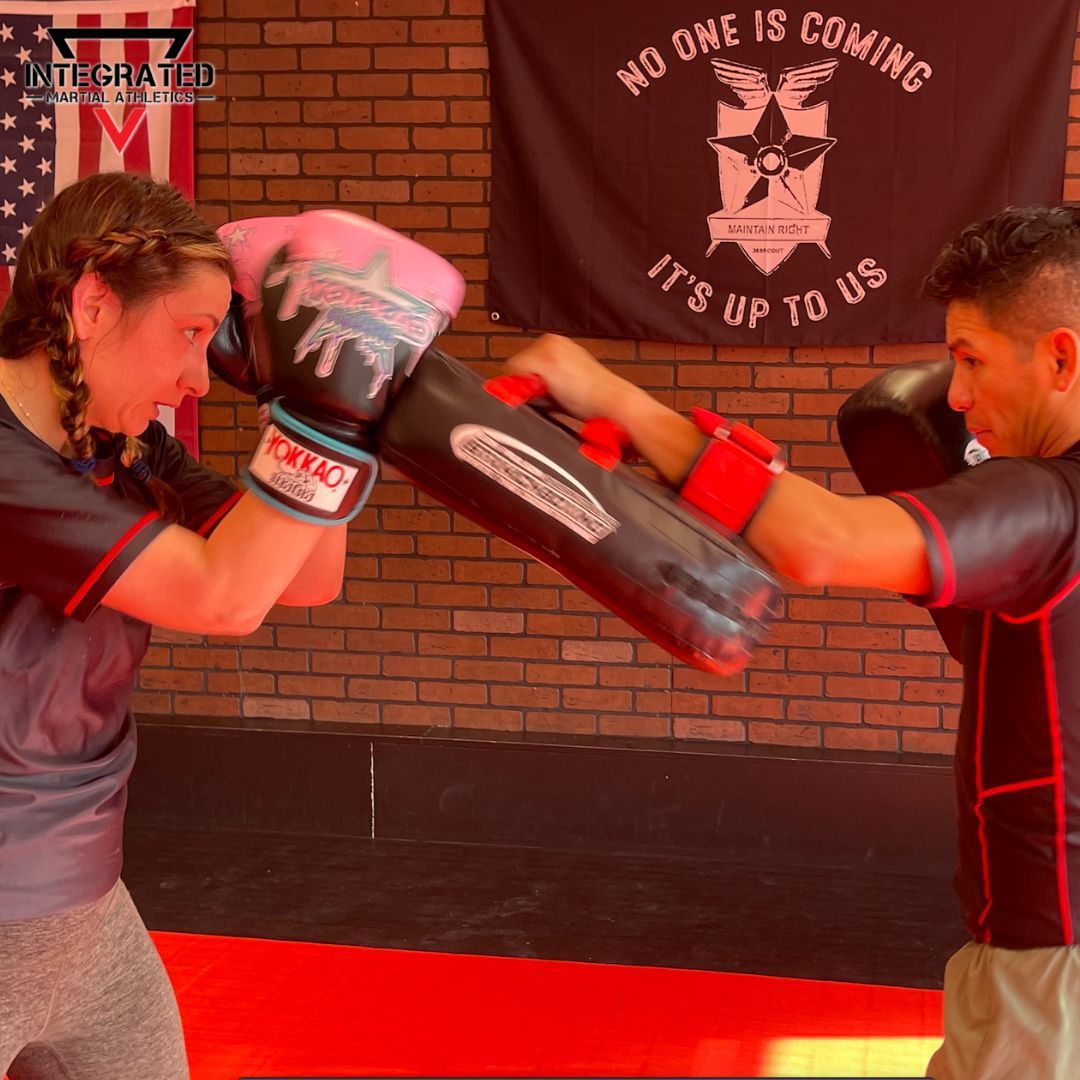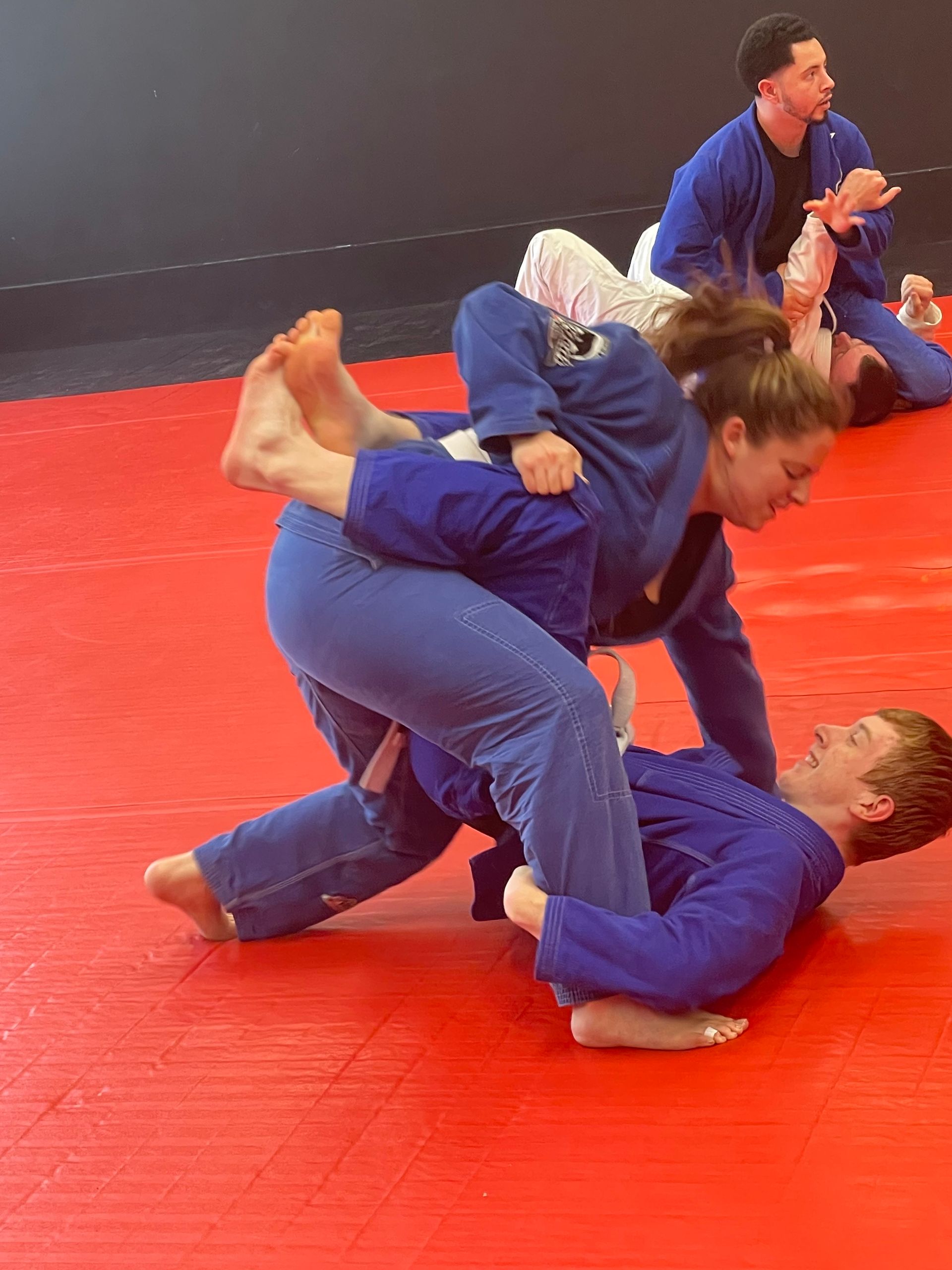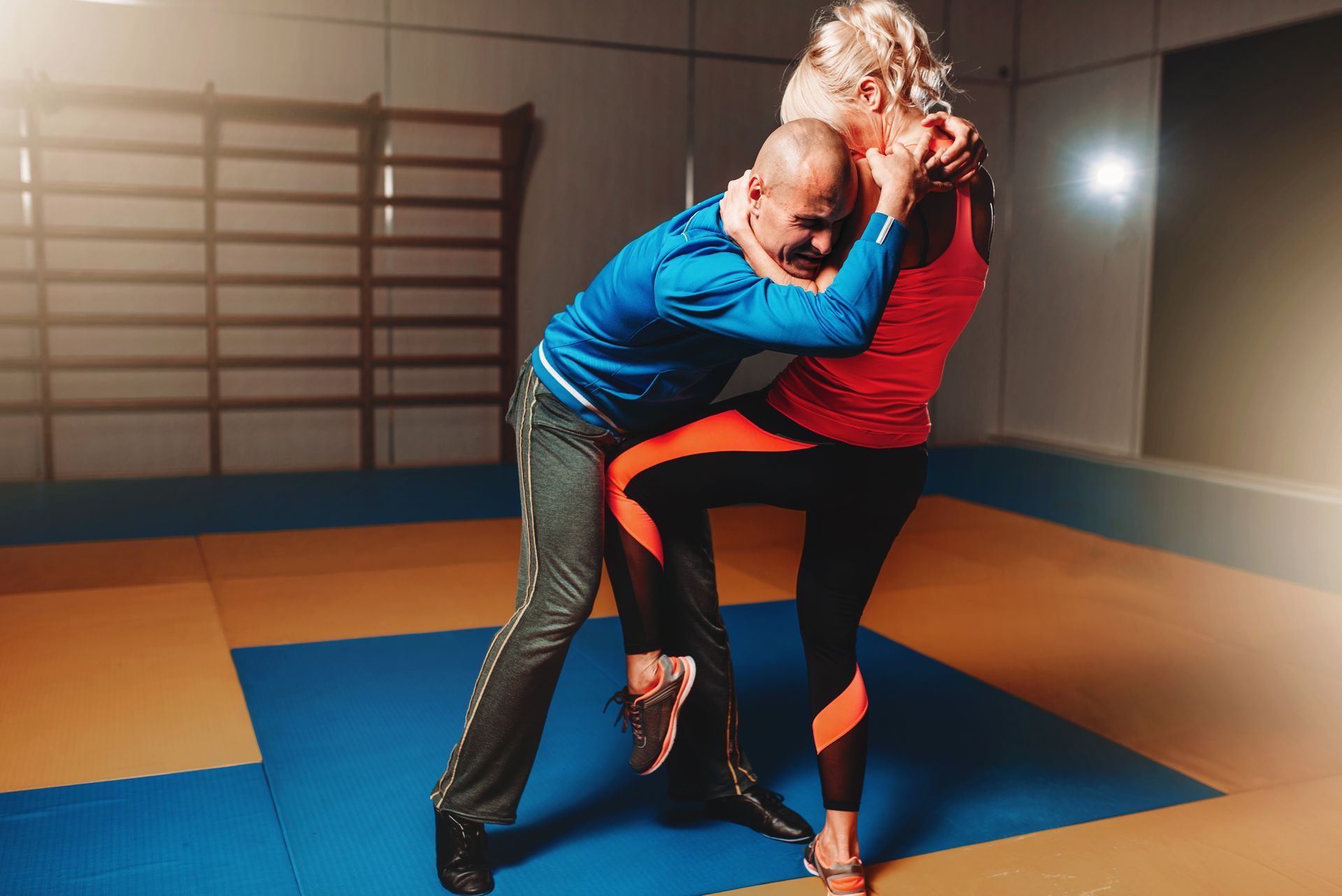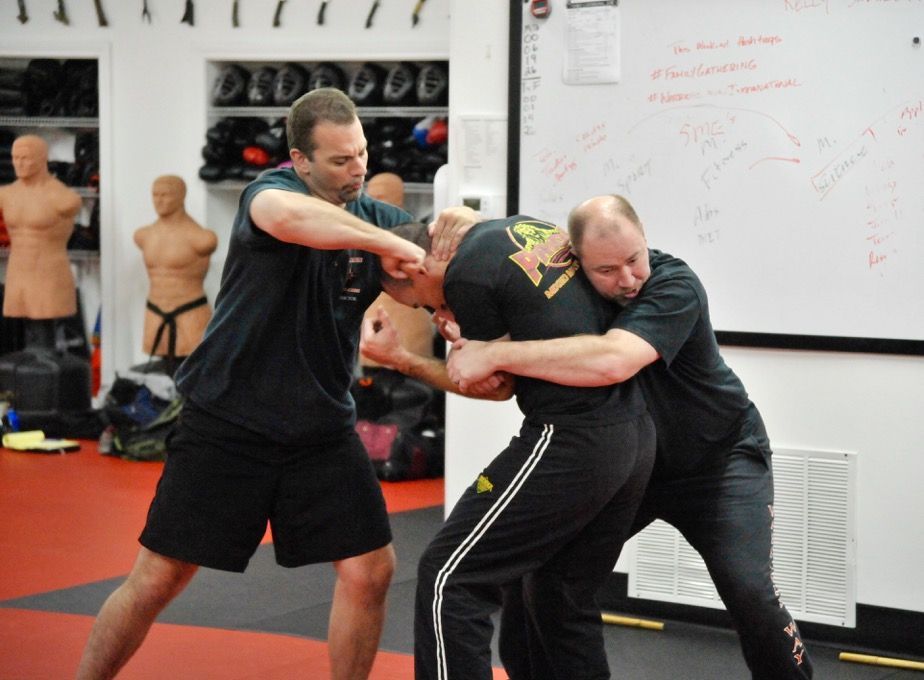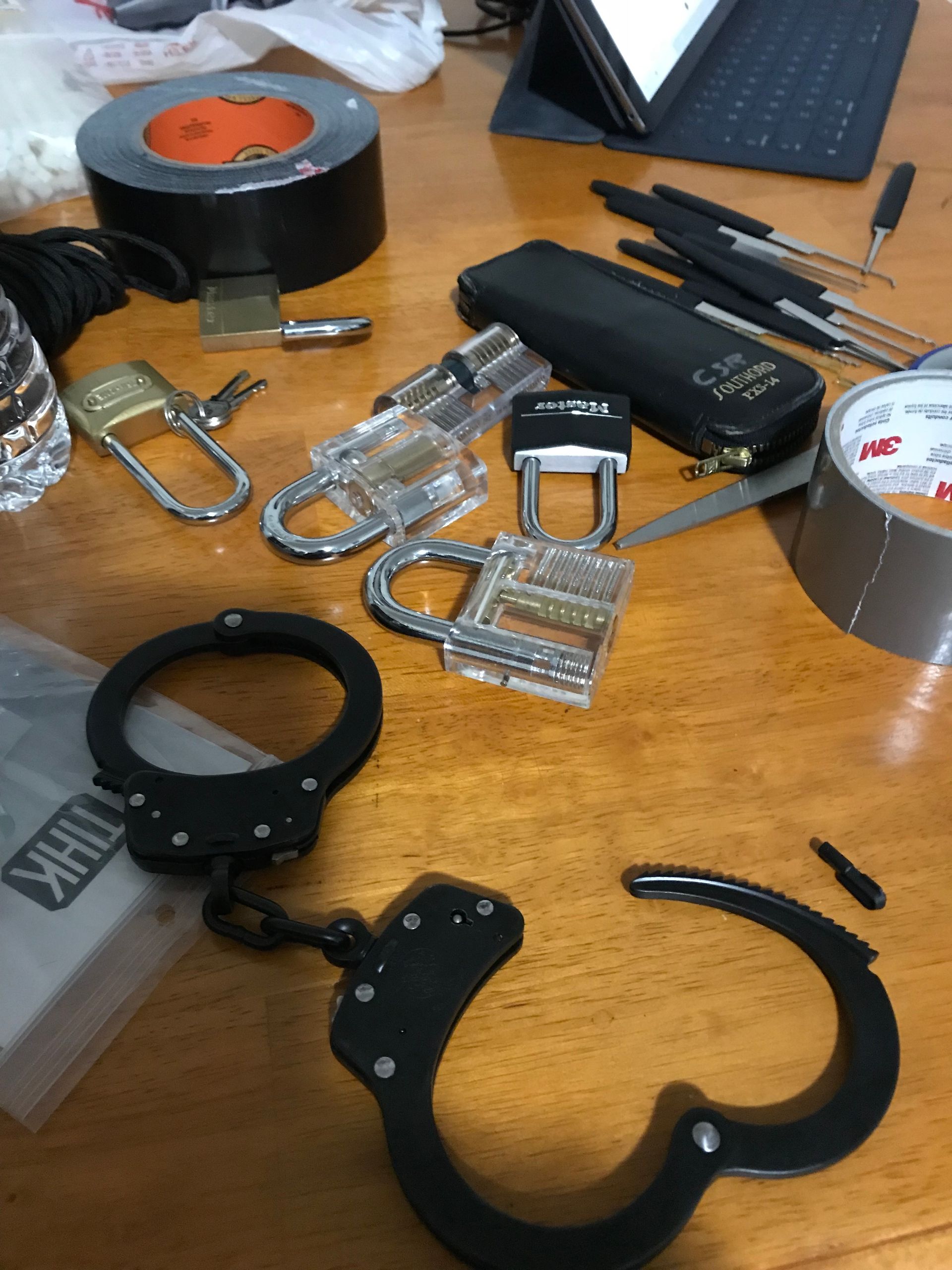Muay Thai Is King… Or Is It? The Truth About Its Lesser-Known Rivals!
This is a subtitle for your new post
Muay Thai Is King… Or Is It? The Truth About Its Lesser-Known Rivals!
The Art of Eight Limbs (And Then Some): Breaking Down Muay Thai, Dutch Muay Thai, Cambodian Pradal Serey, and Burmese Lethwei
Martial arts aren’t just about throwing hands (or elbows, knees, and shins). They’re history, culture, and war wrapped into a system of controlled violence. And when we talk about Southeast Asian striking arts, you’ve got a handful of styles that, on the surface, look similar—but once you start digging, you realize each one is its own beast.
So, let’s break it down: Muay Thai, Dutch Muay Thai, Cambodian Pradal Serey, and Burmese Lethwei. Four disciplines that share common roots but have enough differences to make each one unique. If you’re serious about striking, understanding these styles gives you an edge. And if you’re just a history nerd who likes punching things, you’ll appreciate the depth behind each art.
Muay Thai: The Gold Standard
If you’ve spent more than five minutes in a fight gym, you know Muay Thai. It’s the most internationally recognized of the Southeast Asian striking arts and for good reason—it works. Muay Thai is the “Art of Eight Limbs”, meaning you strike with punches, kicks, knees, and elbows. It’s a complete system that emphasizes powerful kicks, clinch fighting, and bone-crushing elbow strikes.
Key Features of Muay Thai:
• Heavy emphasis on kicks: Thai fighters develop insane shin conditioning, thanks to endless rounds of kicking pads and bags.
• Clinch work: Muay Thai clinch fighting is a battle in itself—fighters use knees, elbows, and off-balances to break their opponents down.
• Rhythm & pace: Traditional Muay Thai fights have a specific flow, often starting slow and ramping up in later rounds. Fighters use a lot of teeps (push kicks) and calculated strikes rather than wild exchanges.
• Defensive durability: You’ll see a lot of high guards, check blocks, and an ability to eat shots that would fold most people.
Muay Thai’s dominance in modern striking competitions comes from its structured training and deep talent pool. The sport is ingrained in Thai culture—fighters start young, often racking up hundreds of fights before they hit their twenties. That’s why Muay Thai has become the striking base of choice for MMA fighters, kickboxers, and self-defense practitioners worldwide.
The Muay Thai Mentality
In Thailand, fighting isn’t just a sport—it’s a way of life. The Thai fighting style is methodical, patient, and built on efficiency. Every movement has a purpose. The high guard, the use of elbows at close range, the ability to take damage—it all adds up to a style that’s as effective as it is brutal.
Dutch Muay Thai: The Hybrid Striking Machine
Now, let’s head over to the Netherlands, where they took traditional Muay Thai and said, “What if we added more boxing and forward pressure?” That’s how Dutch Muay Thai—or Dutch Kickboxing—was born.
What Makes Dutch Muay Thai Different?
• More hands, less clinch: Dutch fighters emphasize heavy boxing combinations with kicks added in as punctuation. You won’t see the long clinch battles of traditional Muay Thai.
• Relentless forward pressure: Dutch fighters like to push the pace and break opponents with volume rather than waiting for the perfect shot.
• Explosive combinations: Instead of single, devastating kicks, Dutch kickboxers throw punch-kick combos in rapid succession.
• Hard, low kicks: If you’ve ever watched guys like Rob Kaman, Ramon Dekkers, or Ernesto Hoost, you’ve seen the Dutch love for brutal low kicks that chop opponents down like trees.
The Dutch approach evolved from the influence of Western boxing and Kyokushin Karate, making it a fast-paced, aggressive style that shines in K-1 kickboxing and other modern striking sports.
The Dutch Fighting Mentality
Dutch fighters bring grit and volume. They don’t wait for the perfect opening—they create it with pressure. If traditional Muay Thai is a sniper, Dutch Muay Thai is a machine gun.
Cambodian Pradal Serey: The Underappreciated Cousin
Cambodia’s answer to Muay Thai is Pradal Serey, and while it shares many of the same mechanics, it has its own unique rhythm and approach. Cambodia and Thailand have a long, intertwined history, and Pradal Serey is often seen as Muay Thai’s less-famous cousin—but that doesn’t mean it’s any less effective.
What Sets Pradal Serey Apart?
• More emphasis on elbows: While Muay Thai uses elbows, Pradal Serey fighters tend to favor them even more, often throwing them in longer exchanges.
• Faster, looser striking style: Cambodian fighters move a little more freely compared to the more structured approach of Thai fighters.
• Less emphasis on clinch work: While clinching is still present, it’s not as dominant as in Muay Thai.
• Historical influence: Some claim that Muay Thai actually evolved from Pradal Serey, though that’s a hotly debated topic.
Because Pradal Serey isn’t as commercialized as Muay Thai, it doesn’t have the same global presence. But make no mistake—Cambodian fighters are just as tough and technical, and the art is just as deadly.
The Pradal Serey Mentality
Cambodian fighters are scrappy, creative, and elbow-happy. They embrace fluidity over rigid structure, making their style unpredictable.
Burmese Lethwei: No Gloves, No Problem
Now, let’s talk about the wildest of the bunch—
Lethwei.
If Muay Thai is the Art of Eight Limbs, Lethwei is the Art of Nine Limbs because it adds headbutts to the mix. Oh, and no gloves—just tape on the hands.
What Makes Lethwei Absolutely Savage?
• Headbutts are legal: Yes, you read that right. Lethwei fighters throw headbutts like jabs.
• No gloves, just hand wraps: Punching in Lethwei requires wrist and knuckle conditioning because there’s no padding.
• Insane durability: Fighters are expected to keep going even after getting knocked down—there’s a rule allowing you to recover and keep fighting.
• Aggressive, unrelenting pace: Lethwei fights are pure warfare. Fighters don’t point fight or wait—they brawl.
Because of its brutal nature, Lethwei is less sport-oriented and more about pure survival. It’s a throwback to battlefield combat, and that mentality shows in how its fighters approach competition.
The Lethwei Mentality
Lethwei fighters are tougher than leather. They thrive on pressure, pain, and raw aggression. There’s no room for finesse—just controlled chaos.
Final Thoughts: Which Style Is Best?
There’s no “best” style—only what works best for you.

